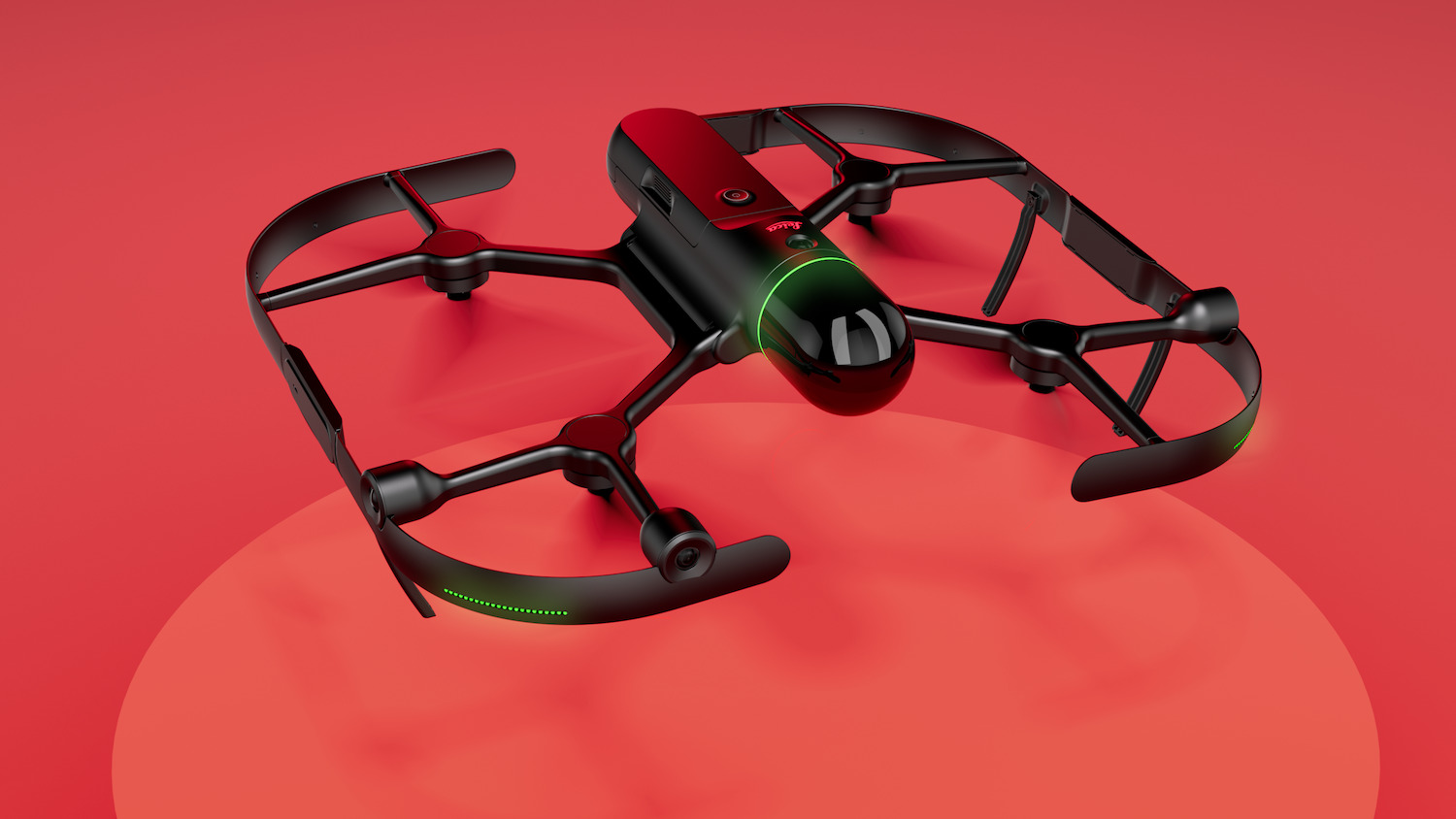
Leica’s BLK2FLY flying laser scanner is among the 200 devices to make Time Magazine’s annual best inventions list.
Other built environment-related devices to make the list include non-instrusive subsurface mapping, 3D-printed homes, automated 3D rendering and a digital tape measure.
At its launch last year, the Leica BLK2FLY was claimed as the world’s first fully integrated, autonomous flying laser scanning sensor. The combination of LiDAR, radar, cameras and GNSS ensures optimal and safe flight paths, Leica’s owner Hexagon claimed.
“With a few simple taps on a tablet, users can quickly and easily scan structures and environments accurately and entirely from the air. The airborne scanning provides value across multiple industries in need of accurate data of inaccessible or hard-to-reach areas (e.g. facade projections and rooftops), ensuring complete capture of a structure’s exterior features and dimensions,” Hexagon said.
Time noted of the Leica BLK2FLY: “But it’s for more than just the world of architecture, engineering, and construction [that benefits]: BLK2FLY, which went on sale in April, has been used to monitor structural safety across 160 acres of Italy’s Archaeological Park of Pompeii.”
Read on to find out more about the other inventions to make the list.
Exodigo subsurface mapping latform
Exodigo was founded by “former Israeli army intelligence unit members,” Time noted. The group provides a non-intrusive platform that uses electromagnetic, radar, LiDAR, and other sensors to scan the ground to produce detailed 3D subsurface maps. The California Department of Transportation has recently used the platform to identify utility lines for a project to a highway. The company is also carrying out pilot projects in Florida and Texas.
Icon House Zero 3D-printed home
There had to be a 3D-printing housebuilder on the list, and Time honoured Icon.
House Zero is a 2,400sq ft, three-bedroom home 3D-printed by a robot.
Architecture firm Lake|Flato and construction start-up Icon designed House Zero. Its airtight wall system uses proprietary Lavacrete. The house can be printed in 10 days and improves energy efficiency while reducing material costs, waste, and build time. In partnership with homebuilding giant Lennar, Icon broke ground on the country’s largest 3D-printed community, a 100-home project in Austin this year.
NVIDIA Instant NeRF automated 3D rendering
This is construction-related technology being used outside construction, but it’s worth highlighting.
This tool, which is free to use for non-commercial purposes, processes static images (or video files) into realistically rendered 3D scenes using the AI-based technology known as neural radiance fields, or NeRF.
Time quoted NVIDIA director of research Alexander Keller, who believes that NeRF “could ultimately be as important to 3D graphics as digital cameras have been to modern photography”.
Reekon Tools T1 Tomahawk digital tape measure
Here’s one for your Christmas stocking: the digital tape measure from Reekon Tools.
Time gave it a special mention and said: “Using a basic tape measure can be a three-person job – two to secure each end and one to write down the measurement. Reekon improves upon the simple device with a laser line and digital display that records the measurement to within 1/32 of an inch and keeps a log of multiple measurements in a row with the click of a button. Measurement history syncs with a smartphone app via Bluetooth. It is currently available for preorder.”
We’ll take two!
Don’t miss out on BIM and digital construction news: sign up to receive the BIMplus newsletter.














